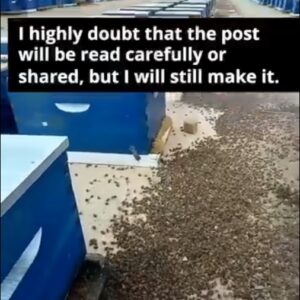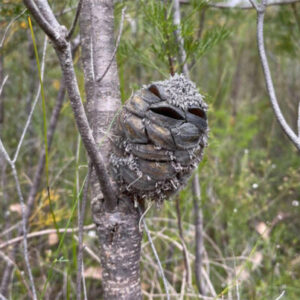In an unexpected twist of nature, over 1,500 chicks hatched from 20,000 discarded eggs at a city landfill—three months after being deemed unfit for sale and dumped as waste. Originally rejected for minor cracks or expired dates, the eggs were left in a compost section of the landfill. But hidden beneath layers of organic matter, the conditions mimicked a hatchery: warmth from decomposing waste, stable humidity, and protection from predators.
Sanitation workers discovered the surprise one morning when they noticed movement in the compost heap—hundreds of live chicks scurrying about. Experts later confirmed that some of the eggs had been fertilized and incubated naturally within the landfill’s heat, reaching the necessary 99°F temperature for hatching.
The chicks were rescued, examined, and quickly adopted by local farms, schools, and sanctuaries. The story went viral, drawing public fascination and prompting city officials to reevaluate egg disposal practices.
While experts raised environmental concerns, the event became a symbol of resilience and nature’s unpredictability. The “landfill chicks” not only sparked community involvement but also reminded people that even in places meant for decay, life can find a way.





